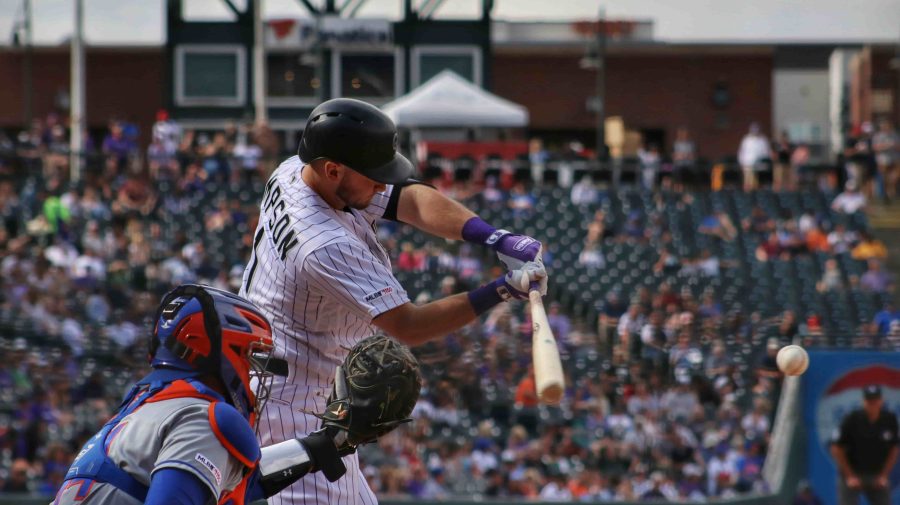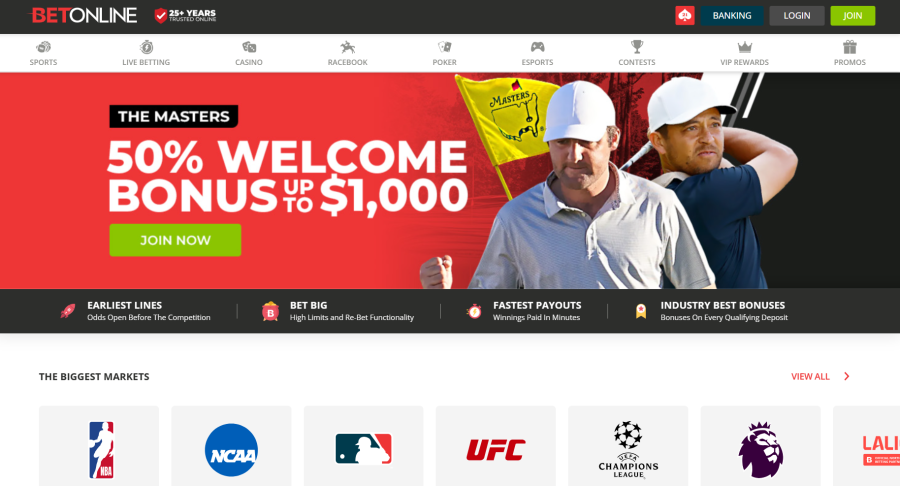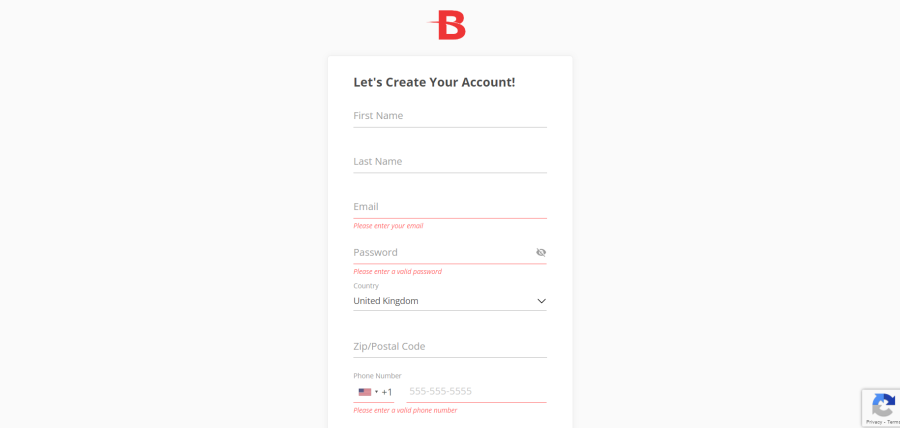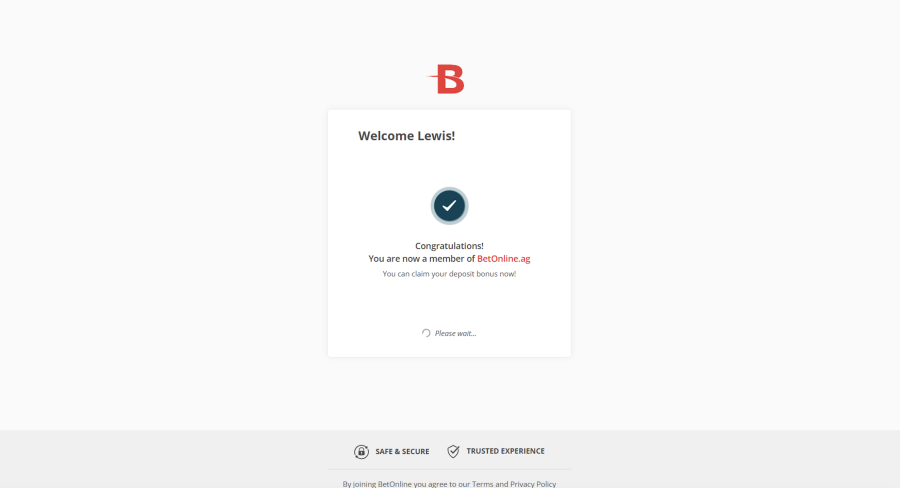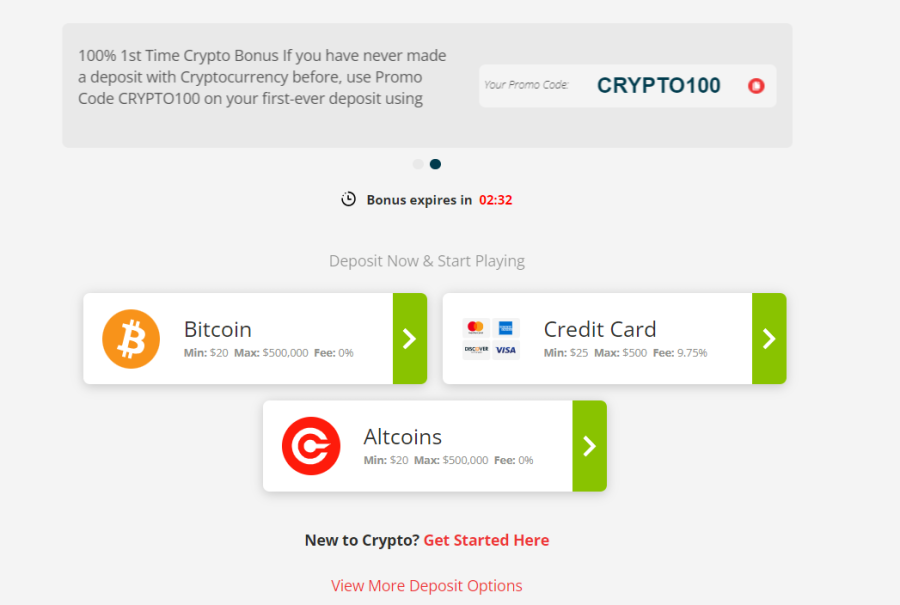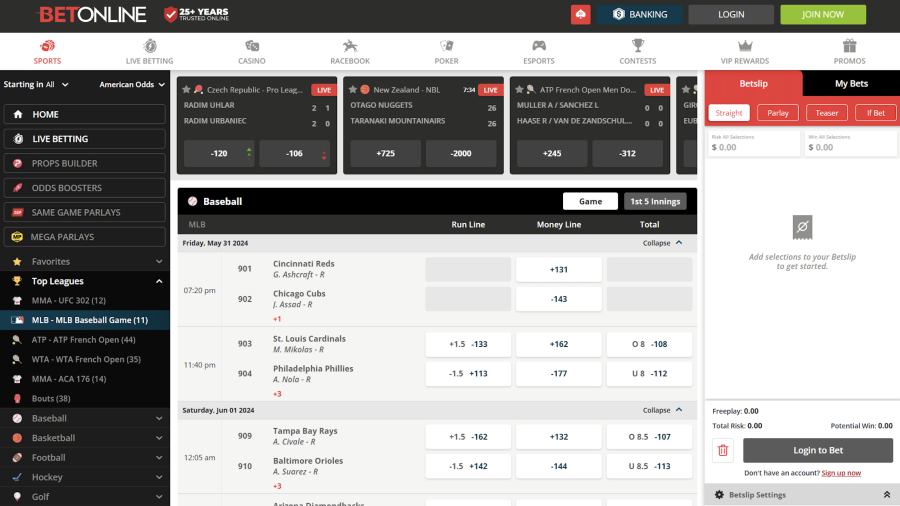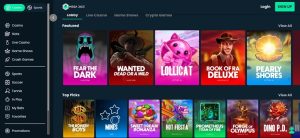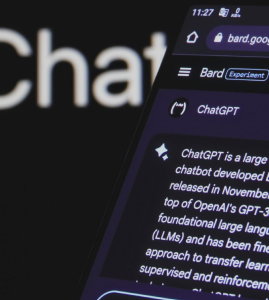Unless you’re an avid baseball fan or bettor, you may not be familiar with run line betting. However, this popular and potentially lucrative market can create superior value when backing short-price favorites. But what does the run line mean, and how can you successfully execute this wager? We explore run line betting markets and provide some real money examples in the guide below.
Run Line Meaning: What Does Run Line Mean?
The run line is baseball’s version of the ‘point spread.’ More specifically, it enables you to apply a virtual runs deficit to a heavy betting favorite to create enhanced odds. You can also afford a virtual advantage to a betting underdog, and your picks will have to beat these spreads for the wager to be successful.
Like point spread betting, run line betting is characterized by ‘-’ and ’+’ symptoms. For example, a betting favorite may be disadvantaged by -1.5 runs, with the underdog set at +1.5 runs. If you back the favorite in this scenario, they’ll have to win the game outright by two or more runs. If you pick the underdog, they have to win or lose by a margin of just one run.
How Does Run Line Betting Work?
Run line odds are a great equalizer when wagering on baseball matches. It enables you to back short-price favorites at enhanced odds, creating an attractive alternative to straight moneylines. Often, moneyline bets require you to either pursue nominal returns by backing heavy favorites in a baseball game or wager on a +200 underdog with just a 33% win probability.
But how exactly do run line bets work? Let’s say you wanted to back the NY Mets to beat their MLB rivals, the Washington Nationals. The Mets are priced at -155 in the moneyline market, implying a 60.8% probability to win outright. You’ll also need to stake $155 to win $100 on this money line bet.
However, if run line bettors apply a -1.5 run spread to the Mets, you can back them at enhanced odds of +105. Suddenly, a $100 wager will deliver a nominal return of $105.
You can also access reduced run lines during the first five innings of an MLB game. Typically, this run line is -0.5 or +0.5, with the scores and outcomes calculated after completing the first five innings. You may prefer this sports betting strategy when focusing on a specific starting pitcher matchup or backing a franchise known to be a faster (or slow) starter.
Bovada’s wide range of betting markets and sporting events help you get in on all the sports betting action!
$750 Sports Welcome Bonus $750 Sports Welcome Bonus
Moneyline vs. Run Line in Baseball
At first glance, it’s tempting to treat moneylines and run lines as completely separate bets. However, run line odds and betting is an evolution of the traditional sports betting moneyline, as it incorporates a spread that your pick will have to beat for the wager to be successful.
When you place a moneyline bet in baseball, you choose one team to defeat another. Betting on a team to win a game outright is slightly more simplistic than most run line bets. Factoring in a run line requires your selection to win by a specific margin, which creates enhanced odds and potentially higher returns on your stake.
The slight exception is when you bet on a positive baseball run line, such as +1.5. In this case, you’ll back an underdog to either win or avoid defeat by two runs or more, so this could deliver a return even if your pick loses the game. This is a significant deviation from classic moneyline betting.
How to Place a Run Line Bet
To compare run line odds in real-time and place a wager, you’ll first have to register with a licensed sportsbook. BetOnline is our pick as the best offshore sportsbook and offers a comprehensive range of MLB and baseball markets, so here’s a step-by-step guide to signing up!
Step 1: Visit the Homepage
You can start your run line wagering experience by visiting https://www.betonline.ag/. Then, just hit the ‘Join’ button at the top right-hand corner of the homepage.Step 2: Create Your Betting Account
Now, you can create your BetOnline account. Initially, you’ll have to enter your name alongside a verifiable email and secure password. You’ll also have to confirm your zip code and verify your mobile via SMS, which helps to provide secure access to your account.Step 3: Final Verification
On a second secure screen, you’ll enter your date of birth and full physical address. If the information you provide is honest and accurate, your account should be verified immediately, and you’ll be prompted to claim your deposit bonus!Step 4: Fund Your Account & Enter a Promo Code
At this stage, you can head over to the site’s ‘Deposit’ page. Then, select your preferred payment method and deposit amount, ensuring both comply with the T&Cs laid out in your preferred welcome bonus (if applicable). You’ll also be able to enter a promo code if required here.Step 5: Start Playing
You can then return to the sportsbook homepage and compare MLB run line odds and baseball markets via the vertical menu on the left-hand side of the screen. You can also search for live baseball betting lines and markets before placing your first run line bets.
Start betting with BetOnline and take advantage of their lucrative welcome bonus!
BetOnline Sports US 50% Welcome Bonus Up to $1,000 50% Welcome Bonus Up to $1,000
BetOnline Sports US
Play Now
Run Line Betting Tips
Navigating MLB run lines can occasionally be tricky, as you need to use the wager type strategically and based on informed analysis. So, we’ve prepared some run line betting tips to help you make the most of this strategy!
- Analyze Team Rankings’ Scoring Stats: The ‘Team Rankings’ resource offers baseball bettors at-a-glance scoring stats and averages for all MLB teams. Here, you can review each team’s average runs per game during the current season, the course of the previous three games, and their most recent outing. The site also distinguishes between home and away scoring, and you can use this to inform your picks and set the right run lines in every scenario. With most run line odds being set at -1.5 or +1.5 runs, it’s important to know which teams find themselves in one-run games more often than their opponent.
- Consider Alternative Run Lines: Many baseball betting sites offer “alternate run lines.” This is a variation of traditional run line betting, and it offers a wider range of spreads, such as -2.5 or -3.5. Alternate lines can unlock even greater odds but come with heightened risk and lower win probabilities.
- Pay Attention to Injury News: Appraising injury news is important before placing a run line wager. If a team’s starter is coming up from the minor leagues to fill in for injured starting pitchers, baseball bettors would take note. This new pitcher may not do well against a team like the New York Yankees. This type of insight can impact the odds and implied probability, so factor it into your run and moneyline betting picks at all times.
Join BetWhale and bet on every big game. Their massive welcome bonus gives first-time bettors a boost!
125% Deposit Bonus - Up to $1,250 to Bet on Sports 125% Deposit Bonus - Up to $1,250 to Bet on Sports
Sports Betting Guides
In addition to covering SGP sports betting, the ReadWrite team has produced numerous informational pages and detailed how-to guides. You can check out some of these below whether you want to understand sports betting terminology or create a viable wagering strategy!
Responsible Betting
As with any sports or baseball wager, run-line betting can be risky. It can also be hard to predict winners and potential winning margins, so it’s important to always wager responsibly and comfortably within your means. This involves setting a modest bankroll for a finite period and using customizable deposit limits to manage this effectively.
If you are concerned about your betting volumes, some resources can help. We’ve crafted our responsible gambling resource here at ReadWrite for you to peruse. The National Problem Gambling Helpline can also provide practical help and tips in real-time.

